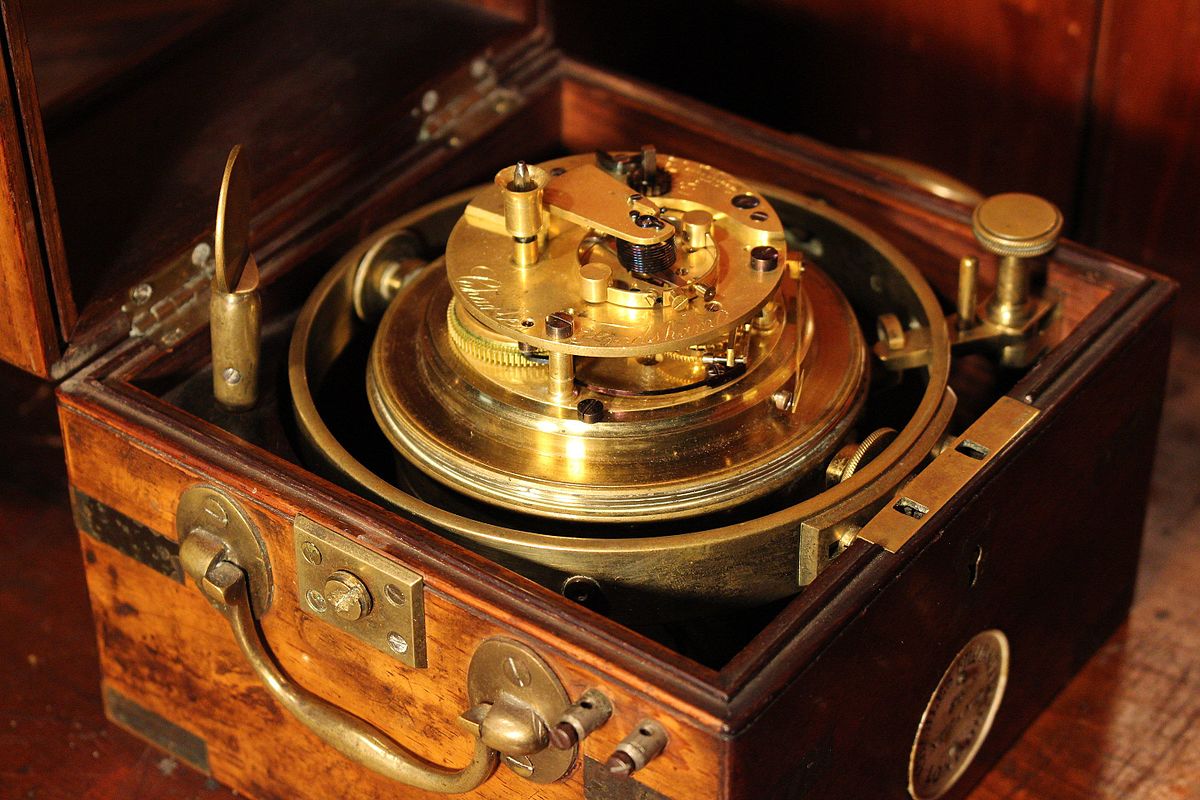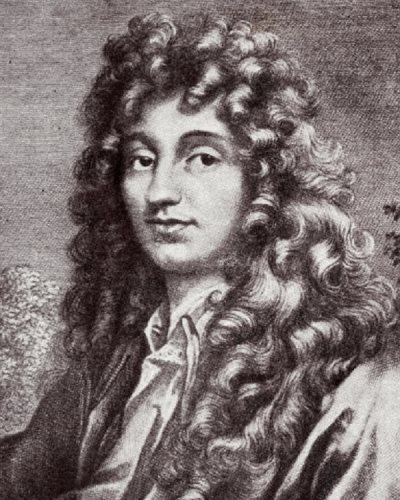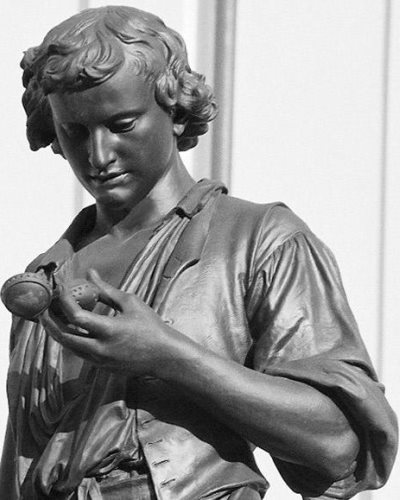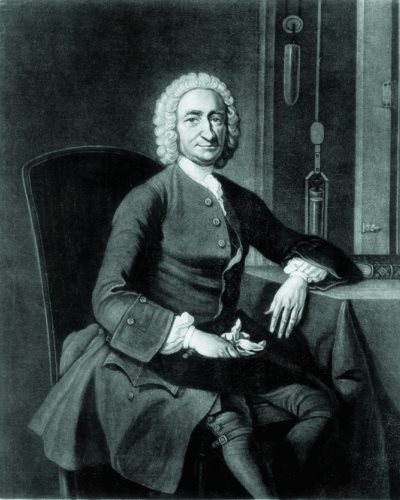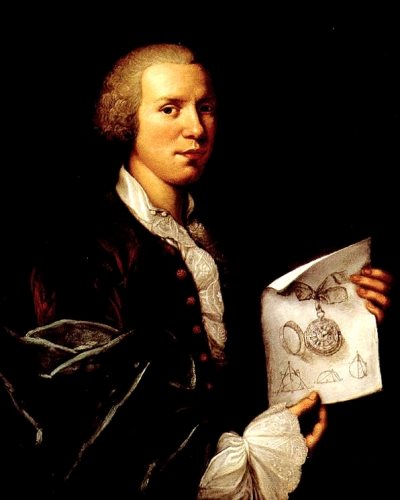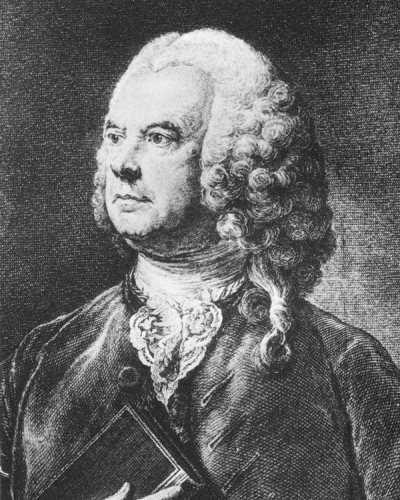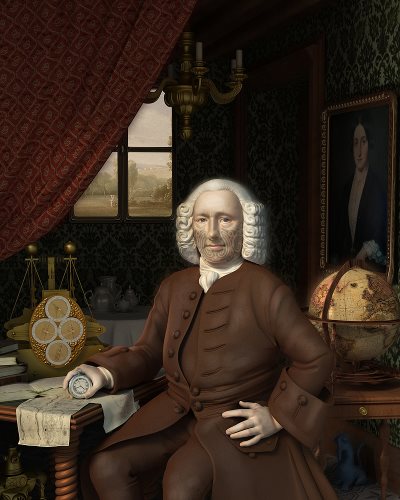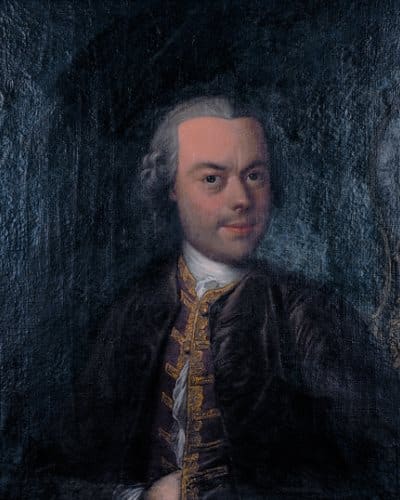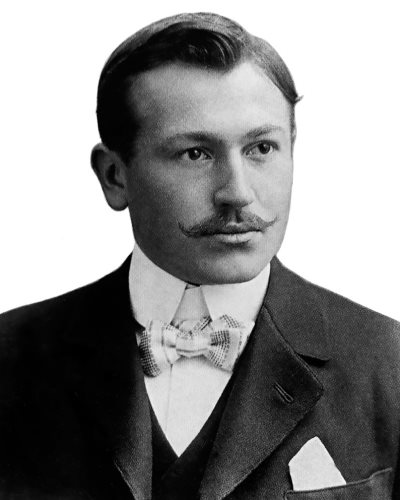Les inventeurs
L’horlogerie est née du talent individuel de certains hommes, qui ont défié les lois de la physique pour offrir à leurs semblables, tels des Prométhée modernes, un outil servant à mesurer le temps. Ces personnalités horlogères ont inventé des mécanismes d’une précision toujours plus grande pour parvenir à cet objectif qui consistait à capturer, dans un cadran, le passage des heures et des minutes.
L’échappement à ancre (Robert Hooke, 1670), le pendule cycloïdal pour les horloges et le spiral pour les montres (Christian Huygens, fin du XVIIe siècle) sont allés dans ce sens. Ces horlogers célèbres sont restés dans les mémoires en tant que pionniers. Mais en parallèle, dans le Jura suisse, un autre homme posait les fondations de l’horlogerie comme industrie : Daniel Jeanrichard, avec sa vision moderne de la division du travail et du partage des tâches dans le domaine de l’horlogerie.
Des horlogers célèbres inventeurs, il y en eut ensuite bien d’autres : ceux qui travaillèrent sans relâche au développement des chronomètres de marine (George Graham, concepteur du pendule à mercure du même nom ; John Harrison), ceux qui travaillèrent à des mécanismes plus perfectionnés pour les montres et les horloges traditionnelles (le Français Julien Le Roy et sa pendule à équation). Citons également les expérimentateurs et théoriciens qui, non contents de faire avancer la science des horloges, contribuèrent à sa pérennité (Ferdinand Berthoud, inventeur de l’échappement à détente et auteur de nombreux ouvrages).
Mais l’horlogerie ne pouvait pas être – et ne fut jamais – qu’une affaire de mécanismes. Il fallait également y insuffler de la beauté et du mystère. C’est ce que firent, chacun dans son genre, le Suisse Pierre Jaquet-Droz, concepteur de fantastiques automates qui passaient pour de la sorcellerie, ou Abraham-Louis Breguet, célèbre parmi les horlogers célèbres, qui conçut des ouvrages foncièrement originaux et élégants. Inventeur du tourbillon, de l’échappement à ancre à surfaces d’impulsions partagées ou encore du spiral « Breguet », il est sans doute la personnalité horlogère qui fit entrer son art dans l’ère de la modernité, et ce, dès le XVIIIe siècle.
Les hommes d’affaires
Au-delà de ses inventions, l’horlogerie est aussi rythmée par ses marques. C’est que les horlogers célèbres ont fondé des manufactures qui le furent tout autant. Ainsi, les personnalités horlogères sont aussi celles qui fondèrent des marques connues sur toute la planète, et qui surent prendre l’industrie à bras le corps pour en modifier la course, parfois en période de crise.
C’est Hans Wilsdorf, Allemand de naissance et Britannique d’adoption, qui a donné vie à ses ambitions sous la forme d’une marque renommée jusqu’au bout du monde, symbole de l’universalité de l’objet-montre : Rolex. C’est aussi la présence d’esprit et l’intelligence commerciale d’un Nicolas Hayek qui, au détour de la plus grave crise qu’ait jamais connu l’industrie horlogère suisse, au tournant des années 70, répondit à la menace de la montre à quartz par une fusion des efforts (création de la Société suisse de microélectronique et d’horlogerie) et par le lancement salvateur d’une petite montre désormais plus célèbre que la plupart des personnalités horlogères citées plus haut : la Swatch.

